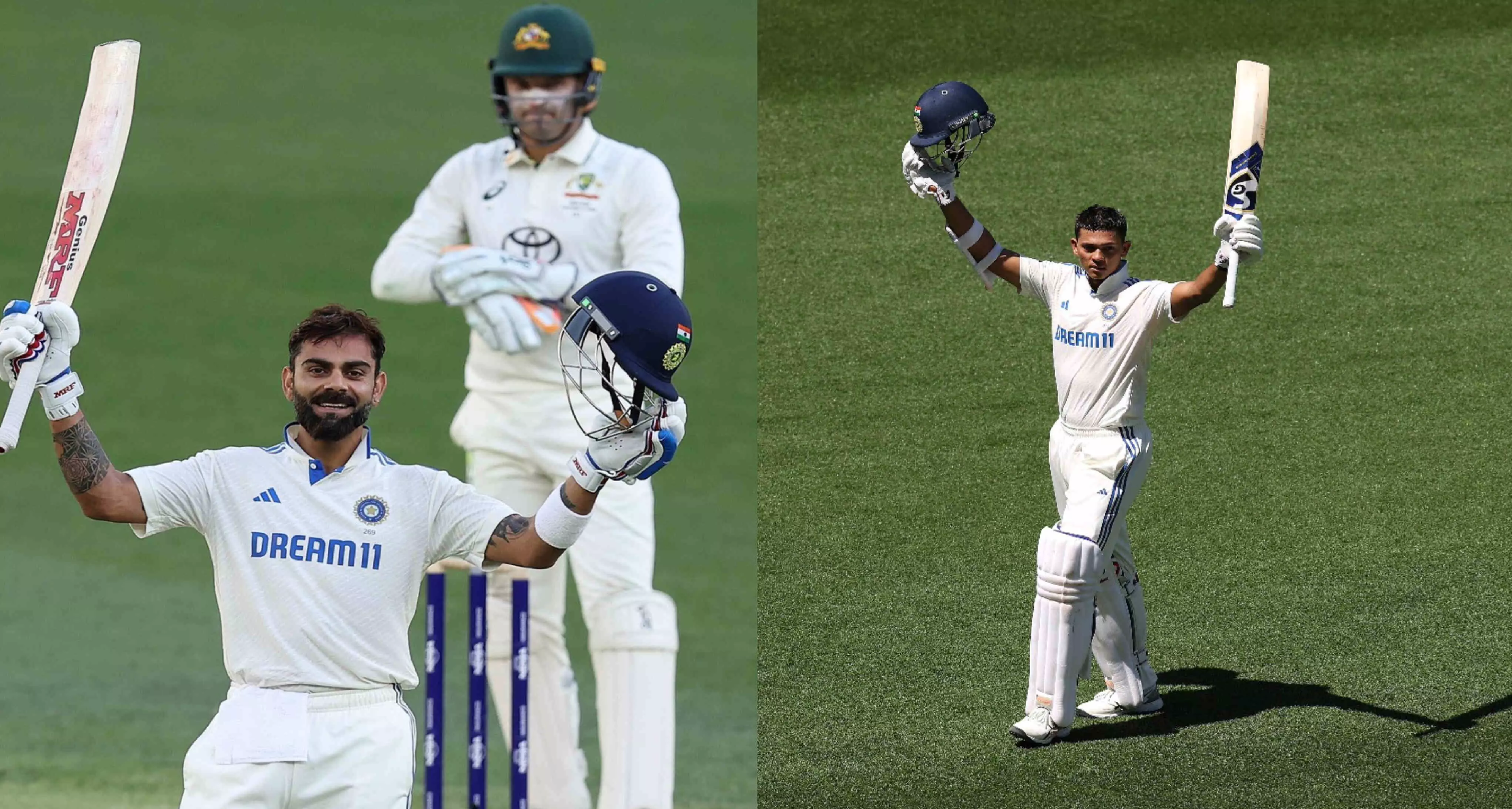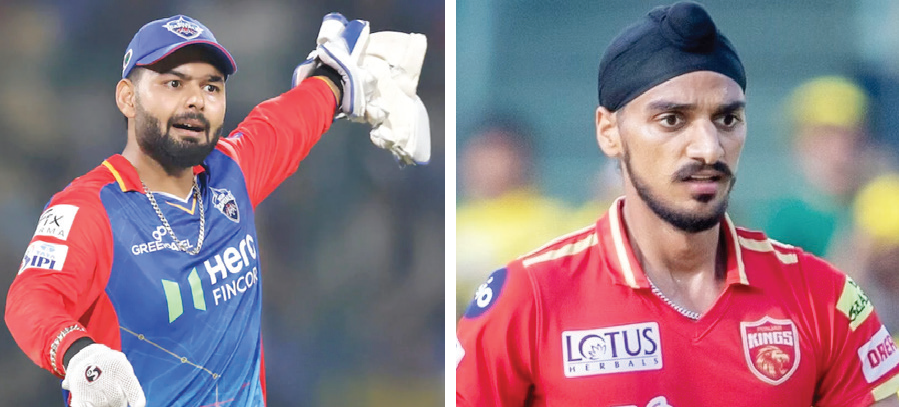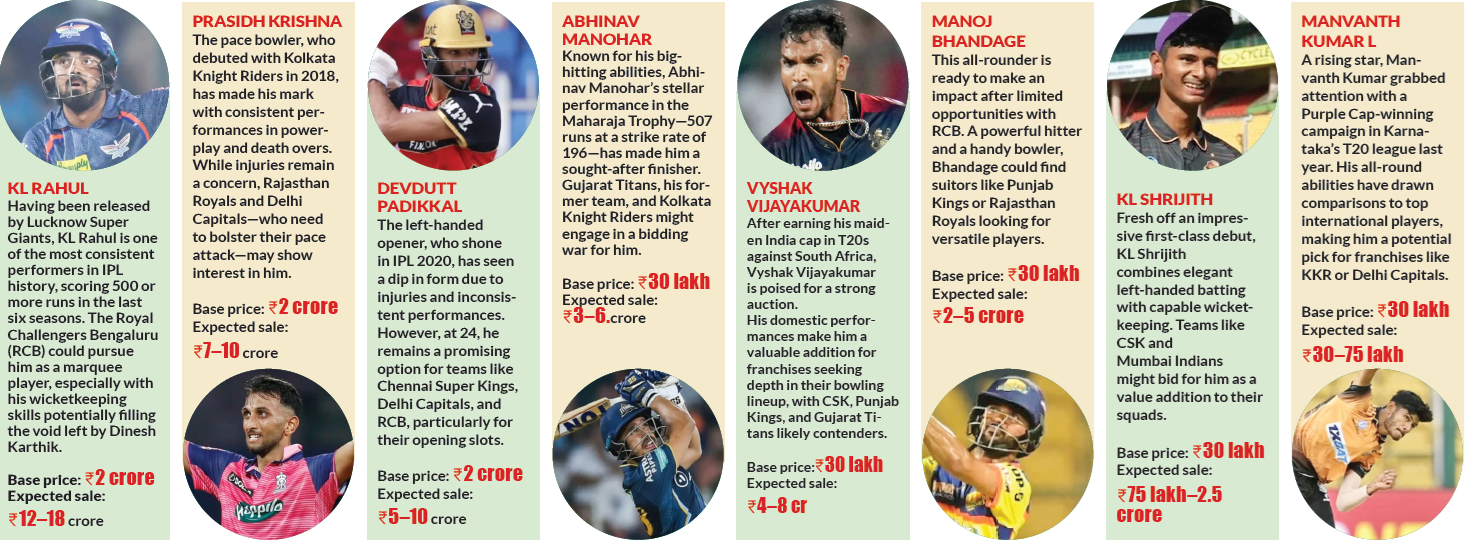
All eyes on batting unit as India seek spot in WTC final
By Kushan Sarkar
Ahmedabad: India’s batting megastars will be desperate to clear the cobwebs from their head in pursuit of a second successive World Test Championship final berth as they take on Australia in the series-deciding fourth Test here from Thursday. The equation remains simple for the hosts.
Win the series 3-1 and don’t depend on the result of Sri Lanka’s away rubber in New Zealand for a ticket to summit WTC clash in June. After the spinners from both sides held fort on designer tracks that bordered on being under-prepared, the firm and even bounce on offer at Motera does promise some welcome respite for the batters.
Virat Kohli and company will leave no stone unturned to change the all-too-familiar script of two and half day games, which is starting to get lopsided and boring. The imposing amphitheatre that the Narendra Modi Stadium is, will certainly create the right kind of aura that a high-stakes Test match deserves.
With 100,000 people expected on the opening day to witness Prime Minister Narendra Modi and his Australian counterpart Anthony Albanese watch a cricket match for the first time in a stadium named after the former, the buzz is set to reach a crescendo. But, for maintaining that interest, the likes of Kohli, Rohit Sharma and Cheteshwar Pujara will have to take the onus upon themselves to win the mind game and the battle of 22 yards.
Bigger in size than even the iconic MCG, the walk from the centre of the track to the dressing room is a lonely walk of around 100 metres and some 70 plus staircases. Kohli (111) and Cheteshwar Pujara (98) would like to stay long enough on the 22 yards so that the long walk back doesn’t seem more arduous.
That Axar Patel (185) is India’s second highest scorer in the series after skipper Rohit (207) put things into perspective about the degree of difficulty that batters have faced so far. India head coach Rahul Dravid’s assessment buttressed this. Playing Nathan Lyon, Todd Murphy and Matt Kuhnemann on better batting strip means that if India bat first, they are unlikely to deal with a devilish black soil track where deliveries come at right angles within first five minutes of the game.
Just like pace off the pitch is easier to tackle than seam and swing, it is not the deviation off the surface that creates doubts but the uneven bounce that makes rank turners dangerous. A batter is forever unsure whether to come down the track to smother spin or stay back and play as late as possible. Kohli and Pujara know better than anybody else that big knocks against quality opposition have eluded them for far too long.
While the clamour for KL Rahul’s head buried any conversations about Kohli’s Test average of 25 plus in last three and half years, the master batter knows too well that public memory is fickle and it won’t take much time for critics to train their guns on him if the duration of failure is stretched further
 English daily published in Bengaluru & Doha
English daily published in Bengaluru & Doha






